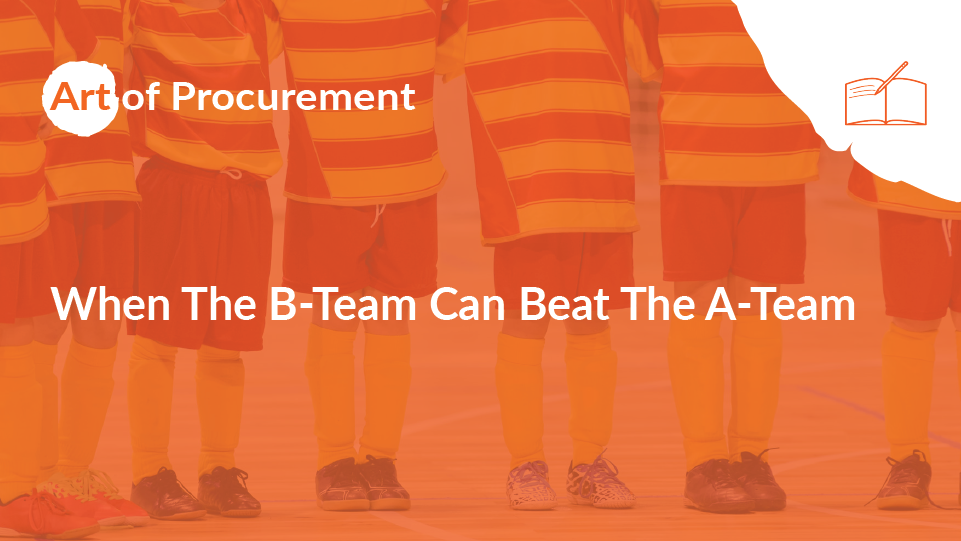
Those of you who follow me on Twitter will be all too aware of my frustrations with the football team that I love, Bradford City. For a look deep into my emotional state, just watch out for my tweets every Saturday afternoon!
While I could quite happily write a book on the goings on at Valley Parade, the short version is this:
After years in the doldrums, we enjoyed a very successful 5-year period of continuous improvement. Our wage budget was relatively low, but our management team created a group of professionals who cared about each other, had pride in their work, and were willing to sacrifice personal glory for the good of the team.
Off the back of this success, new investors were attracted to the club. With new investment came increased expectations and a desire for rapid transformational growth to (i.e. promotion) that provided an ROI for the new owners.
The team’s wage budget mushroomed to become the largest in almost 20 years. Out went the seasoned pros and hungry rookies, and in came the expensive A-players.
Sound familiar?
Well, it’s not working out very well. Out of a league of 24 teams, we sit in 23rd position and are almost certain to be demoted to the lowest level of English professional football. At the same time, our wage bill is now the 4th highest out of the 24.
Paying big bucks does not guarantee big success.

What went wrong? Organizational culture went out the window and we hired based on talent alone rather than character.
Procurement also has a strong desire for rapid transformational growth and wants the executive-level attention and opportunity that come with high performance and exceeded expectations. But what are we willing to do to achieve those things and will it work?
Procurement has a long tradition of being a place where misfits and undervalued talent go to excel. We know the importance of collaboration and we have learned (sometimes the hard way) that without cultural alignment, there can be no sustained success.
We’ve recently focused a lot of our attention on talent in procurement: developing talent, retaining talent, and recruiting talent. It would be easy to make the mistake of hiring A-player talent and assuming that will fix all of our problems. Unfortunately, one ‘bad egg’ can disrupt an entire team and undo years’ worth of investment in cultural goodwill. The intended talent solution can quickly become a new problem.
We also need to be ready to determine what A-players are good at. Are we looking at their technical abilities or the softer skills required to build relationships and optimize value? What do they do well, and where do they need to improve? Yes, even A-players can improve. Some things are easier to master than others, and the closer a capability falls to someone’s personality, the harder it may be for them to change.
A happy, cohesive team of B-Players is often more effective than a team of A-Players. As leaders, this means we need to foster team spirit and share goals and responsibilities. If your team isn’t working together, there is a good chance they aren’t working – especially from the perspective of the individuals sitting on the sidelines.




